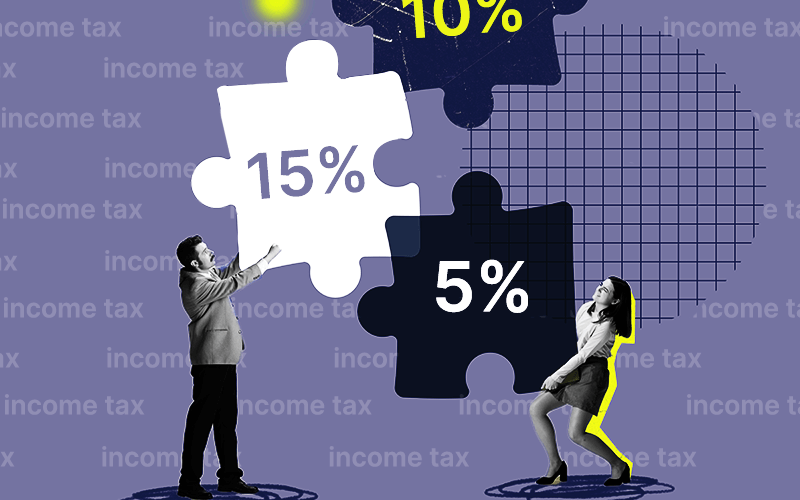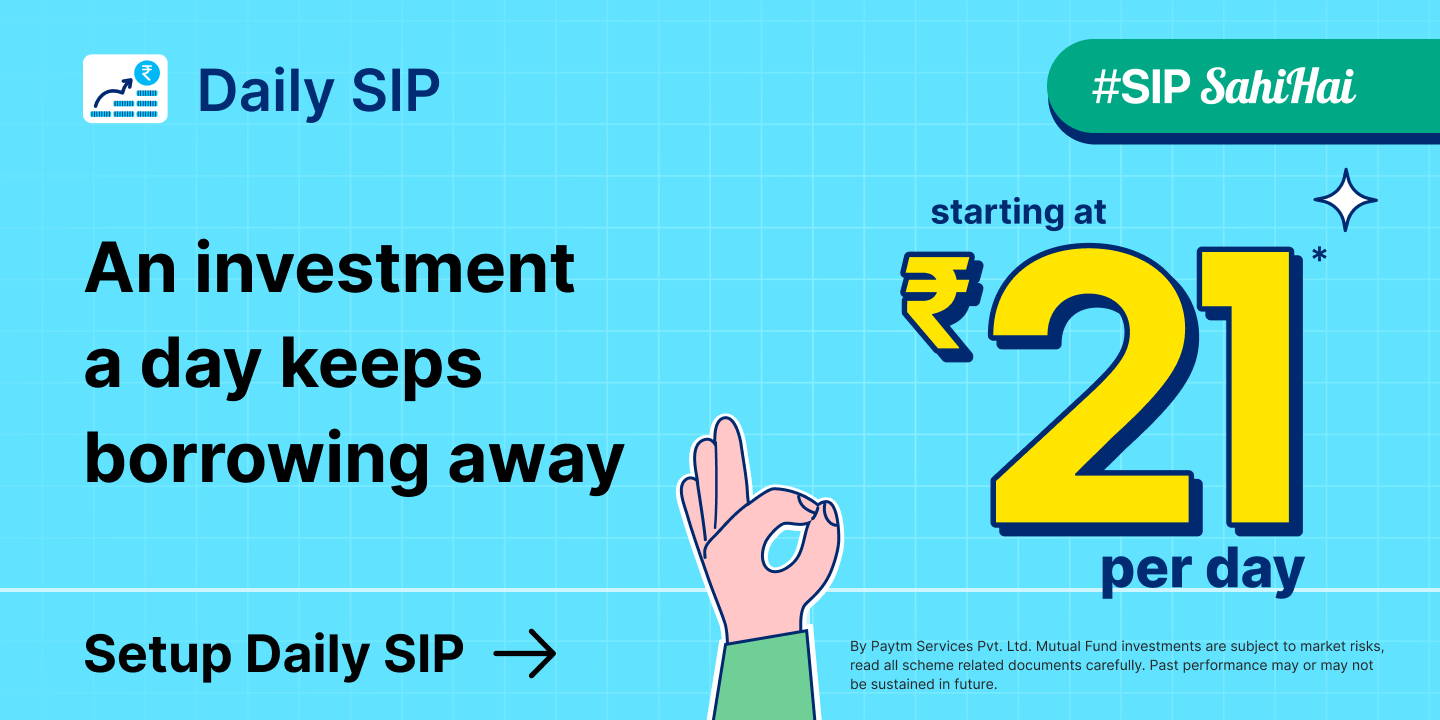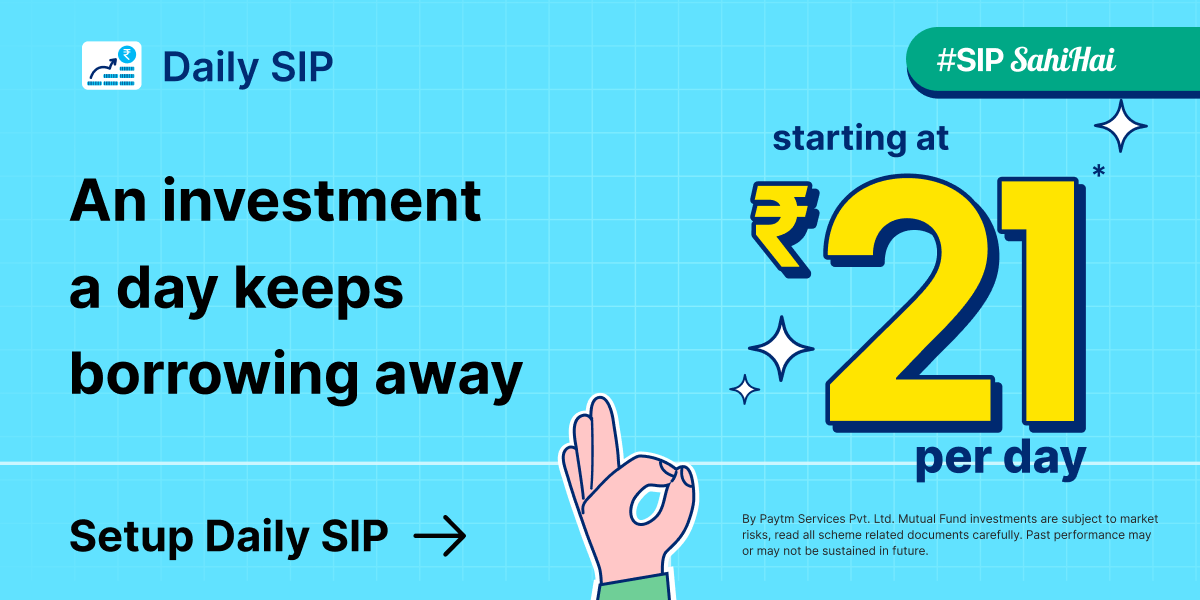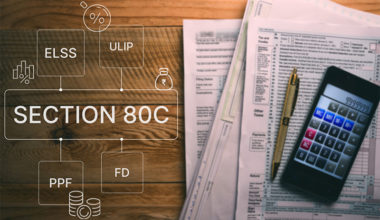The 2023-2024 Income Tax Slab underwent significant changes with the implementation of the new income tax regime. The basic exemption threshold has increased to INR 3 lakhs, while the tax rebate for salaried individuals and taxpayers has risen to INR 7 lakhs from its previous limit of INR 5 lakhs. The blog details the income tax slab changes and new rates under the new tax regime of 2023-2024.
What Does the Term “Income Tax Slab” Mean?
In India, individuals are subject to income tax based on a system of slabs, wherein different income ranges are associated with distinct tax rates. As one’s income increases, the corresponding tax rates also rise. This approach to taxation aims to create a just and progressive tax structure within the country. The income tax slabs undergo periodic revisions, typically during each budgetary cycle. These slab rates vary depending on the different groups of taxpayers.
Income Tax Slab Rates: FY 2022-23 (AY 2023-24)
a. New Tax regime
| Income Slabs | New Tax Regime |
| Up to ₹2,50,000 | Not applicable |
| ₹2,50,001 – ₹5,00,000 | 5% (with tax rebate u/s 87A) |
| ₹5,00,001 – ₹7,50,000 | 10% |
| ₹7,50,001 – ₹10,00,000 | 15% |
| ₹10,00,001 – ₹12,50,000 | 20% |
| ₹12,50,001 – ₹15,00,000 | 25% |
| Above ₹15,00,000 | 30% |
b. Old Tax Regime
Income Tax Slabs for Individuals Below 60 Years and HUF
| Income Slabs | Tax Rate |
| Up to ₹2.5 lakh | Nil |
| ₹2.5 lakh – ₹5 lakh | 5% |
| ₹5 lakh – ₹10 lakh | 20% |
| Above ₹10 lakh | 30% |
Income Tax Slab for Individuals aged 60-80 years
| Income Slabs | Tax Slabs for Senior Citizens (Aged 60 Years But Less Than 80 Years) |
| Rs 0 – Rs 3 lakh | NIL |
| Rs 3 lakh – Rs 5 lakh | 5% |
| Rs 5 lakh – Rs 10 lakh | 20% |
| Above Rs 10 lakh | 30% |
Income Tax Slab for Individuals aged 80 years and above
| Income Slabs | Income Tax Slab for Super Senior Citizens (Aged 80 Years and Above) |
| Rs 0 – Rs 5 lakh* | NIL |
| Rs 5 lakh – Rs 10 lakh | 20% |
| Above Rs 10 lakh | 30% |
Tax Rate Comparison: New Tax Regime vs. Old Tax Regime for FY 2022-23 (AY 2023-24)
| < 60 years of age & NRIs | > 60 to < 80 years | > 80 years | FY 2022-23 | FY 2023-24 | |
| ₹0 – ₹2,50,000 | NIL | NIL | NIL | NIL | NIL |
| ₹2,50,000 – ₹3,00,000 | 5% | NIL | NIL | 5% | NIL |
| ₹3,00,000 – ₹5,00,000 | 5% | 5% (tax rebate u/s 87A is available) | NIL | 5% | 5% |
| ₹5,00,000 – ₹6,00,000 | 20% | 20% | 20% | 10% | 5% |
| ₹6,00,000 – ₹7,50,000 | 20% | 20% | 20% | 10% | 10% |
| ₹7,50,000 – ₹9,00,000 | 20% | 20% | 20% | 15% | 10% |
| ₹9,00,000 – ₹10,00,000 | 20% | 20% | 20% | 15% | 15% |
| ₹10,00,000 – ₹12,00,000 | 30% | 30% | 30% | 20% | 15% |
| ₹12,00,000 – ₹12,50,000 | 30% | 30% | 30% | 20% | 20% |
| ₹12,50,000 – ₹15,00,000 | 30% | 30% | 30% | 25% | 20% |
| >₹15,00,000 | 30% | 30% | 30% | 30% | 30% |
Updated Income Tax Slab Rates for FY 2023-24 (AY 2023-24) – New Regime
| Income Slabs | Income Tax Rates |
| Up to Rs 3,00,000 | Nil |
| Rs 3,00,001 to Rs 6,00,000 | 5% on income exceeding Rs 3,00,000 |
| Rs 6,00,001 to Rs 9,00,000 | Rs. 15,000 + 10% on income exceeding Rs 6,00,000 |
| Rs 9,00,001 to Rs 12,00,000 | Rs. 45,000 + 15% on income exceeding Rs 9,00,000 |
| Rs 12,00,001 to Rs 15,00,000 | Rs. 90,000 + 20% on income exceeding Rs 12,00,000 |
| Above Rs 15,00,000 | Rs. 150,000 + 30% on income exceeding Rs 15,00,000 |
Taxable Income Sources in India
- Business Income: Profits earned by businesses, taxed based on real or presumed income after deductions. Rates vary for individuals and corporations.
- Salary or Pension: Taxes imposed on base salary, allowances, salary profit, and pension after retirement. Tax rates differ based on the age of the individual.
- Property Income: Rental income from owning multiple houses, considered part of the taxpayer’s income and taxed at applicable rates.
- Capital Gains Income: Income generated from selling assets such as gold, real estate, mutual fund units, stocks, debentures, etc. Can be long-term or short-term capital gains, taxed separately from income tax slabs.
- Lottery, Races, and More Income: Winnings from lotteries, horse races, and similar activities are subject to taxation separately from income tax slabs.
Key Points to Consider When Opting for the New Tax Regime
Key points to consider when opting for the new tax regime are as follows:
- The tax rates in the new tax regime are uniform for all categories of individuals, including Individuals, Senior citizens, and Super senior citizens.
- Individuals with a net taxable income of up to Rs 5 lakh will qualify for a tax rebate under section 87A, resulting in zero tax liability in both the new and old/existing tax regimes.
- Starting from the fiscal year 2023-24, the rebate under the new regime has been increased, allowing income up to Rs 7 lakh to be tax-free.
- If the income surpasses a certain threshold, a surcharge will be applicable:
- 10% of the income tax if the total income exceeds Rs. 50 lakh.
- 15% of the income tax if the total income exceeds Rs. 1 crore.
- 25% of the income tax if the total income exceeds Rs. 2 crore.
- 37% of the income tax if the total income exceeds Rs. 5 crore.
- In Budget 2023, the highest surcharge rate of 37% has been reduced to 25% in the new tax regime, effective from April 1, 2023.
- Surcharge rates of 25% or 37% will not apply to incomes taxable under sections 111A (Short Term Capital Gain on Shares), 112A (Long Term Capital Gain on Shares), and 115AD (Tax on income of Foreign Institutional Investors). The maximum surcharge rate for such incomes will be 15%.
- Starting from the Assessment Year 2023-24, the maximum surcharge rate on tax payable for dividend income or capital gains mentioned in Section 112 will be 15%. The surcharge rate for an Association of Persons (AOP) consisting entirely of companies will also be limited to 15%.
- An additional Health and Education cess of 4% will be levied on the income tax liability and surcharge in all cases.
Criteria for Choosing the New Tax Regime
If you decide to go for the New Tax regime with lower rates, you’ll need to give up certain exemptions and deductions that are available in the old tax regime. There are a total of 70 deductions and exemptions that are not allowed, and some of the commonly used ones are listed below:
| Particulars | Old Tax Regime (until 31st March 2023) | New Tax Regime (from 1st April 2023) | New Tax Regime (until 31st March 2023) |
| Income level for rebate eligibility | ₹ 5 lakhs | ₹ 7 lakhs | ₹ 5 lakhs |
| Standard Deduction | ₹ 50,000 (not applicable) | ₹ 50,000 | – |
| Effective Tax-Free Salary income | ₹ 5.5 lakhs | ₹ 7.5 lakhs | ₹ 5 lakhs |
| Rebate u/s 87A | ₹ 12,500 | ₹ 25,000 | ₹ 12,500 |
| HRA Exemption | ✓ (not applicable) | X (not allowed) | ✓ (not applicable) |
| Leave Travel Allowance (LTA) | ✓ (not applicable) | X (not allowed) | ✓ (not applicable) |
| Other allowances including food allowance of Rs 50/meal subject to 2 meals a day | ✓ (not applicable) | X (not allowed) | ✓ (not applicable) |
| Standard Deduction (Rs 50,000) | ✓ (not applicable) | ✓ | – |
| Entertainment Allowance Deduction and Professional Tax | ✓ (not applicable) | X (not allowed) | ✓ (not applicable) |
| Perquisites for official purposes | ✓ (allowed) | ✓ (allowed) | ✓ (allowed) |
| Interest on Home Loan u/s 24b on self-occupied or vacant property | ✓ | X | ✓ |
| Interest on Home Loan u/s 24b on let-out property | ✓ | ✓ | ✓ |
| Deduction u/s 80C (EPF | LIC | ELSS | PPF |
| Employee’s (own) contribution to NPS | ✓ | X | ✓ |
| Employer’s contribution to NPS | ✓ | ✓ | ✓ |
| Medical insurance premium – 80D | ✓ | X | ✓ |
| Disabled Individual – 80U | ✓ | X | ✓ |
| Interest on education loan – 80E | ✓ | X | ✓ |
| Interest on Electric vehicle loan – 80EEB | ✓ | X | ✓ |
| Donation to Political party/trust etc – 80G | ✓ | X | ✓ |
| Savings Bank Interest u/s 80TTA and 80TTB | ✓ | X | ✓ |
| Other Chapter VI-A deductions | ✓ | X | ✓ |
| All contributions to Agniveer Corpus Fund – 80CCH | ✓ | ✓ | Did not exist |
| Deduction on Family Pension Income | ✓ | ✓ | ✓ |
| Gifts up to Rs 5,000 | ✓ | ✓ | ✓ |
| Exemption on voluntary retirement 10(10C) | ✓ | ✓ | ✓ |
| Exemption on gratuity u/s 10(10) | ✓ | ✓ | ✓ |
| Exemption on Leave encashment u/s 10(10AA) | ✓ | ✓ | ✓ |
| Daily Allowance | ✓ | ✓ | ✓ |
| Transport Allowance for a specially-abled person | ✓ | ✓ | ✓ |
| Conveyance Allowance | ✓ | ✓ | ✓ |
Allowable Deductions under the New Tax Rate Regime
Under the new tax rate regime, there are several common deductions that individuals can claim. These deductions include:
| Allowable Deductions | Relevant Section |
| Deduction for expenses incurred on work-related commuting | Conveyance allowance |
| Deduction for employment of new employees | Section 80JJAA |
| Transport allowance for individuals with disabilities | Transport allowance for specially-abled individuals |
| Contributions to a recognized pension scheme | Section 80CCD(2) |
| Depreciation deduction for assets used in business/profession | Section 32 (excluding additional depreciation) |
| Allowance for employment-related travel or transfers | Employment-related travel or transfer allowance |
How Can Income Tax be Calculated Using Income Tax Slabs?
Suresh has a total taxable income of Rs 10,00,000. This income has been calculated by including earnings from multiple sources such as salary, rental income, and interest income. Deductions under section 80 have also been accounted for. Suresh wants to determine his tax dues for the financial year 2022-23 (assessment year 2023-2024).
The following tax slabs and rates are applicable:
| Income Tax Slabs | Tax Rate | Tax Amount |
| Income up to Rs 2,50,000 | No tax | – |
| Income from Rs 2,50,000 – Rs 5,00,000 | 5% (Rs 5,00,000 – Rs 2,50,000) | Rs 12,500 |
| Income from Rs 5,00,000 – Rs 10,00,000 | 20% (Rs 10,00,000 – Rs 5,00,000) | Rs 1,00,000 |
| Income more than Rs 10,00,000 | 30% | – |
| Tax | Rs 1,12,500 | |
| Cess | 4% of Rs 1,12,500 | Rs 4,500 |
| Total tax in FY 2022-23 (AY 2023-24) | Rs 1,17,000 |
Therefore, Suresh’s total tax liability for the financial year 2022-23 (assessment year 2023-2024) in India amounts to Rs 1,17,000.
Income Tax Slabs: Pre and Post-Budget Comparison
Here is the comparison of income tax slabs under the new tax regime for FY 2022-23 (AY 2023-24) and FY 2023-24 (AY 2024-25):
| Slab | New Tax Regime (FY 2022-23) | New Tax Regime (FY 2023-24) |
| ₹0 – ₹2,50,000 | – | – |
| ₹2,50,000 – ₹3,00,000 | 5% | – |
| ₹3,00,000 – ₹5,00,000 | 5% | 5% |
| ₹5,00,000 – ₹6,00,000 | 10% | 5% |
| ₹6,00,000 – ₹7,50,000 | 10% | 10% |
| ₹7,50,000 – ₹9,00,000 | 15% | 10% |
| ₹9,00,000 – ₹10,00,000 | 15% | 15% |
| ₹10,00,000 – ₹12,00,000 | 20% | 15% |
| ₹12,00,000 – ₹12,50,000 | 20% | 20% |
| ₹12,50,000 – ₹15,00,000 | 25% | 20% |
| >₹15,00,000 | 30% | 30% |
Old Tax Regime vs New Tax Regime: Which is Better?
The new tax regime benefits middle-class taxpayers with a taxable income up to Rs 15 lakh. It is advantageous for individuals who make fewer investments, as they can benefit from lower tax rates. On the other hand, the old regime is preferable for high-income earners who have significant investments and qualify for higher tax deductions. Choosing between the two depends on individual circumstances and financial goals. It is recommended to evaluate both regimes and select the one that provides the most advantages based on your specific situation.










